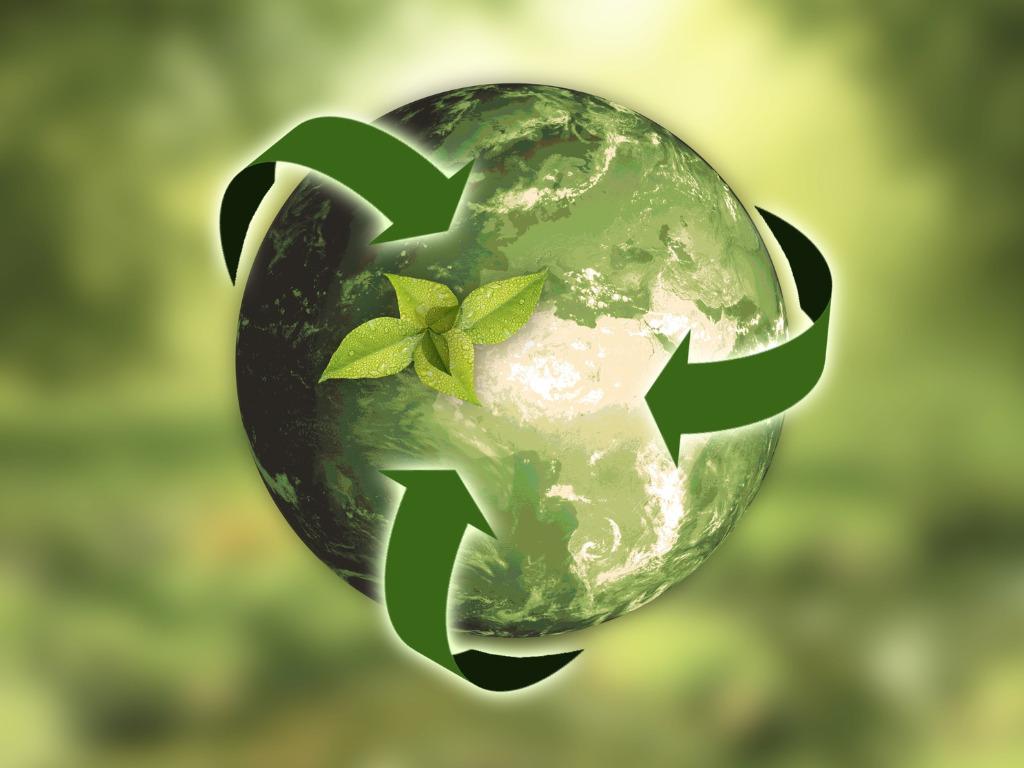Introduction:
Sustainable development means meeting the needs of the present without compromising the ability of future generations to meet their own needs. It combines three key elements: environmental protection, economic development, and social inclusion. As the world faces growing challenges like climate change, resource scarcity, and inequality, sustainable development offers a roadmap for a better, more balanced future.
Why It Matters:
Unsustainable practices like overfishing, deforestation, and pollution are destroying ecosystems and harming human health. At the same time, many people still live in poverty and lack access to basic services like clean water, education, and healthcare. Sustainable development helps to balance growth with responsibility, ensuring both people and the planet can thrive.
Key Goals:
The United Nations has outlined 17 Sustainable Development Goals (SDGs) to be achieved by 2030. Some of the most important include:
Goal 1: No Poverty
Goal 4: Quality Education
Goal 6: Clean Water and Sanitation
Goal 7: Affordable and Clean Energy
Goal 13: Climate Action
Examples of Action:
Solar energy projects in rural areas are reducing emissions and bringing electricity to communities.
Eco-friendly farming practices are helping protect soil and water while increasing food production.
Education for girls is improving lives and reducing poverty in developing countries.
Conclusion:
Sustainable development is not just an idea—it’s a global movement. By making smart choices today, we can build a fairer, healthier, and more prosperous
world for future generations.

